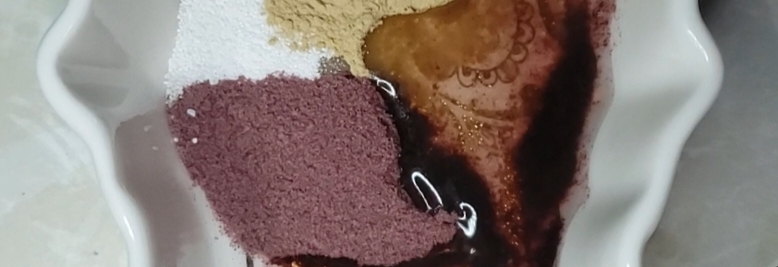Fruit acid powder facial for skin brightening, tightening, and fewer blackheads.
Do you have leftover fruit acid that you’re not planning on using in future henna or cassia mixes? You may want to try a homemade fruit acid powder facial! Here is a simple recipe that was made from Ancient Sunrise® citric acid, Ancient Sunrise® amla, and Ancient Sunrise® Nightfall Rose. If you have sensitive skin, this mask may not be for you.
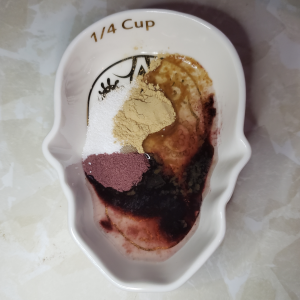
Ingredients
1/8 teaspoon Citric Acid
1/4 teaspoon Amla
1/4 teaspoon Nightfall rose
1/2 teaspoon of warm distilled water
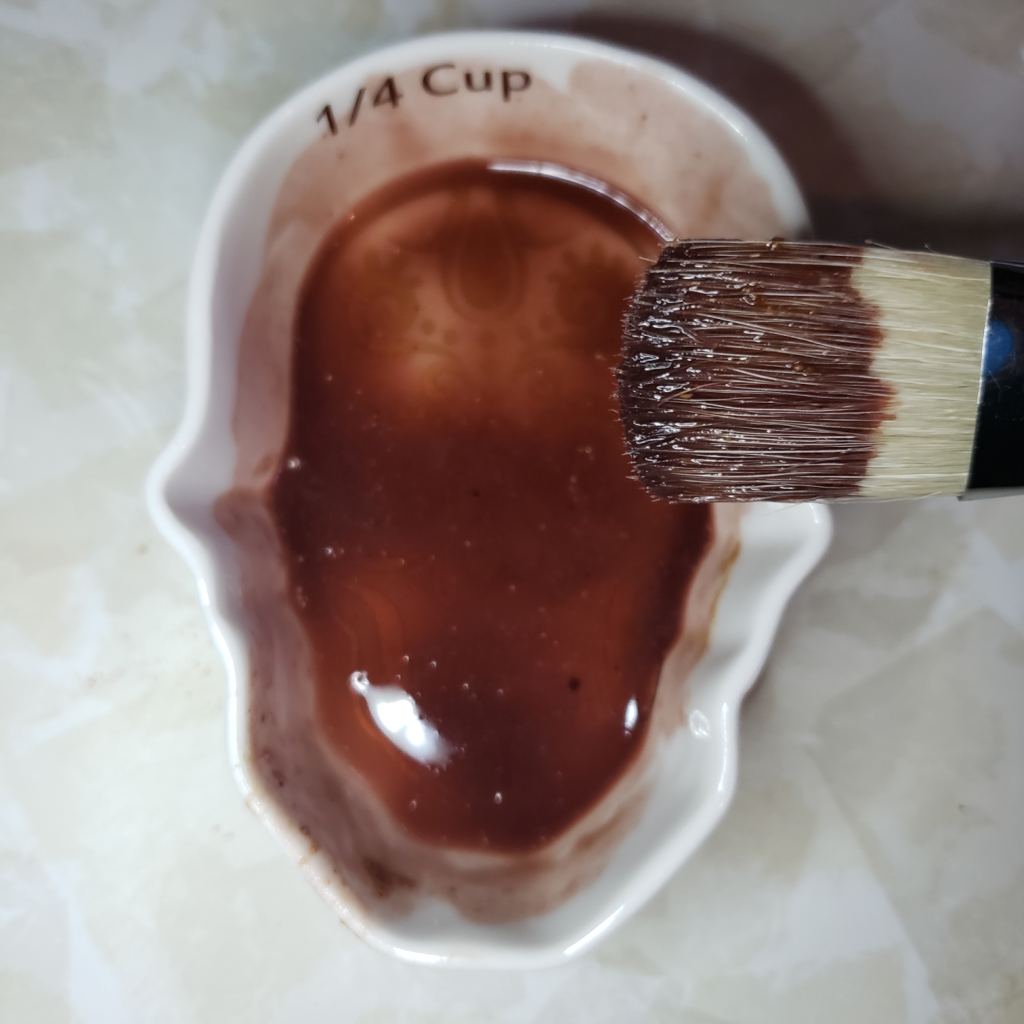
Directions
First, mix up all three powders with warm distilled water and let it sit for a few minutes.
Secondly, apply the paste to freshly cleaned skin with a brush on the face, avoiding the eyes, nostrils, mouth, and any open wounds.
Then leave the mix on for 15 minutes (or until firm).
Finally, use a washcloth and warm water while gently massage the paste off of the skin.
Results
Immediately after rinsing the paste off, my face was RED. Part of this can be attributed to the anthocyanins of Nightfall Rose, the other part is due to my sensitive skin. The redness went away within a few hours. Though subtle, my skin was tighter, brighter, softer, and I had fewer blackheads. Within 24 hours, I noticed my rosacea was less red than before the mask. To see more drastic results, I would need to do this weekly.
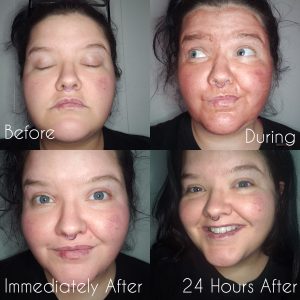
I would do this mask again, as well as recommend it to my friends and family, because I liked that my skin felt tighter and that my cheeks were less red after 24 hours. Expect a little tingling and tightening sensation while it’s on the skin. It was simple to mix, apply, and rinse off. Like most facials, avoid doing this on a day of an important event, as it does cause temporary redness. If you’re unsure of how your skin will react, mix up a small amount and test first!
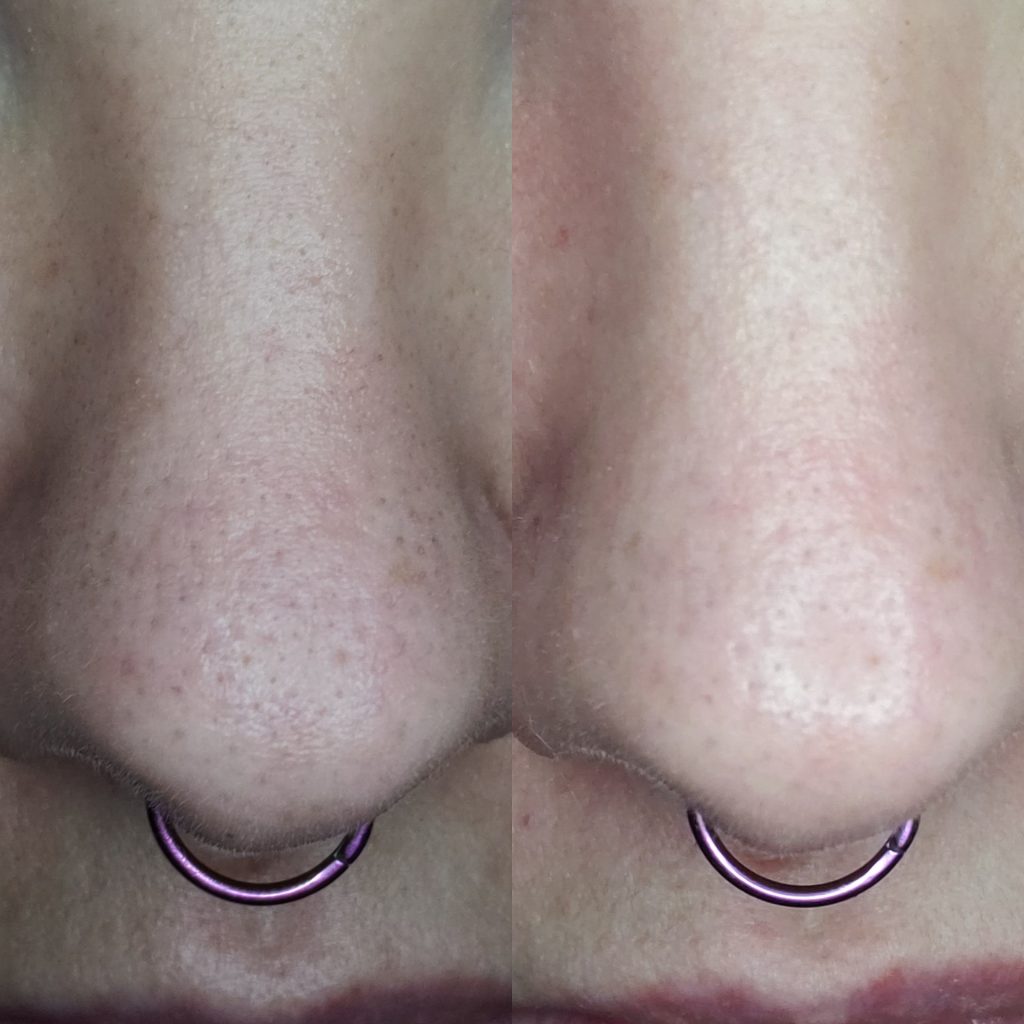

*Note* It is not advisable to throw random ingredients together without thoroughly researching the pros and cons specific products may have on human skin and consulting an esthetician or dermatologist.
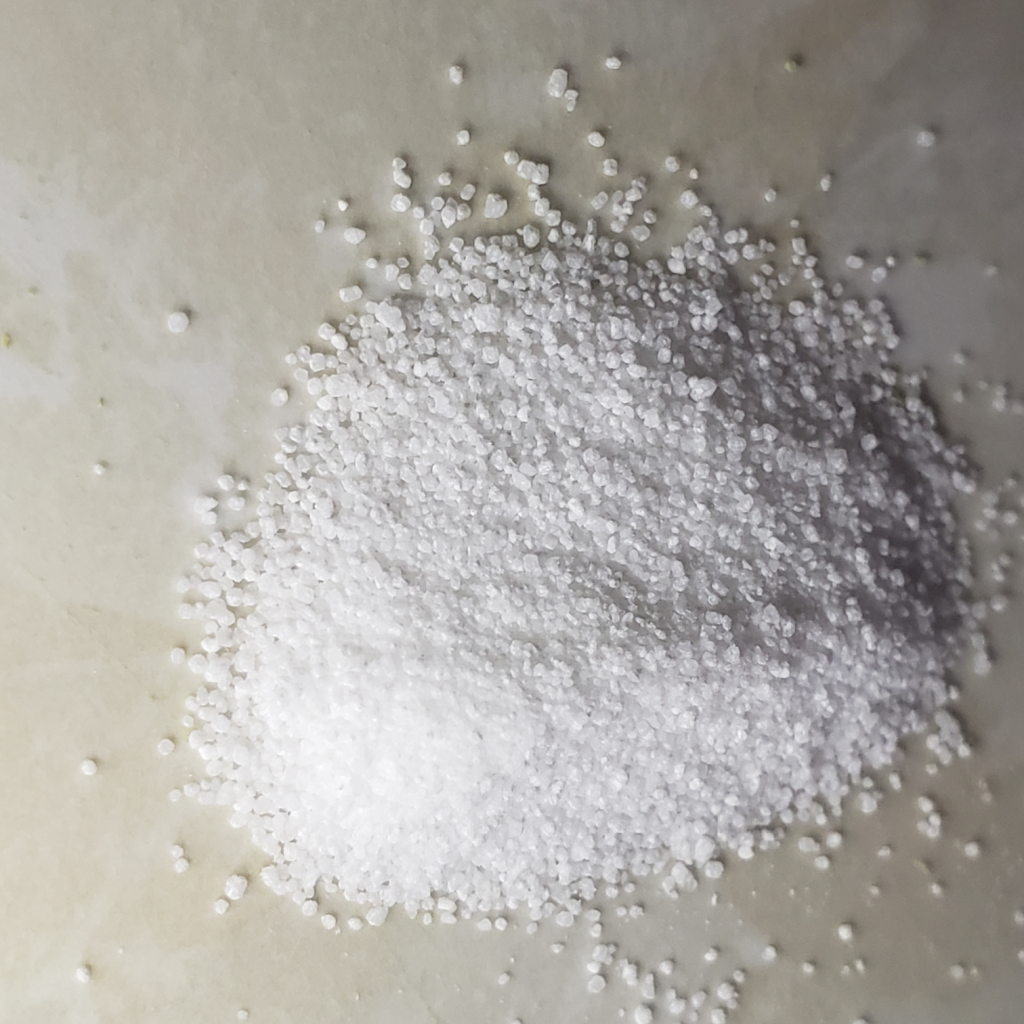
Benefits of Citric Acid on the Skin:
- Brightens skin1
- Minimizes fine lines1
- Anti-bacterial1
Citric acid is used in countless beauty products and food products. It’s a great preservative, but there are more benefits that you may not have known, such as its positive effect on acne and wrinkly skin. Citric acid is an alpha hydroxyl acid which results in helping to increase the rate at which skin renews as well as help skin that has sun damage.2
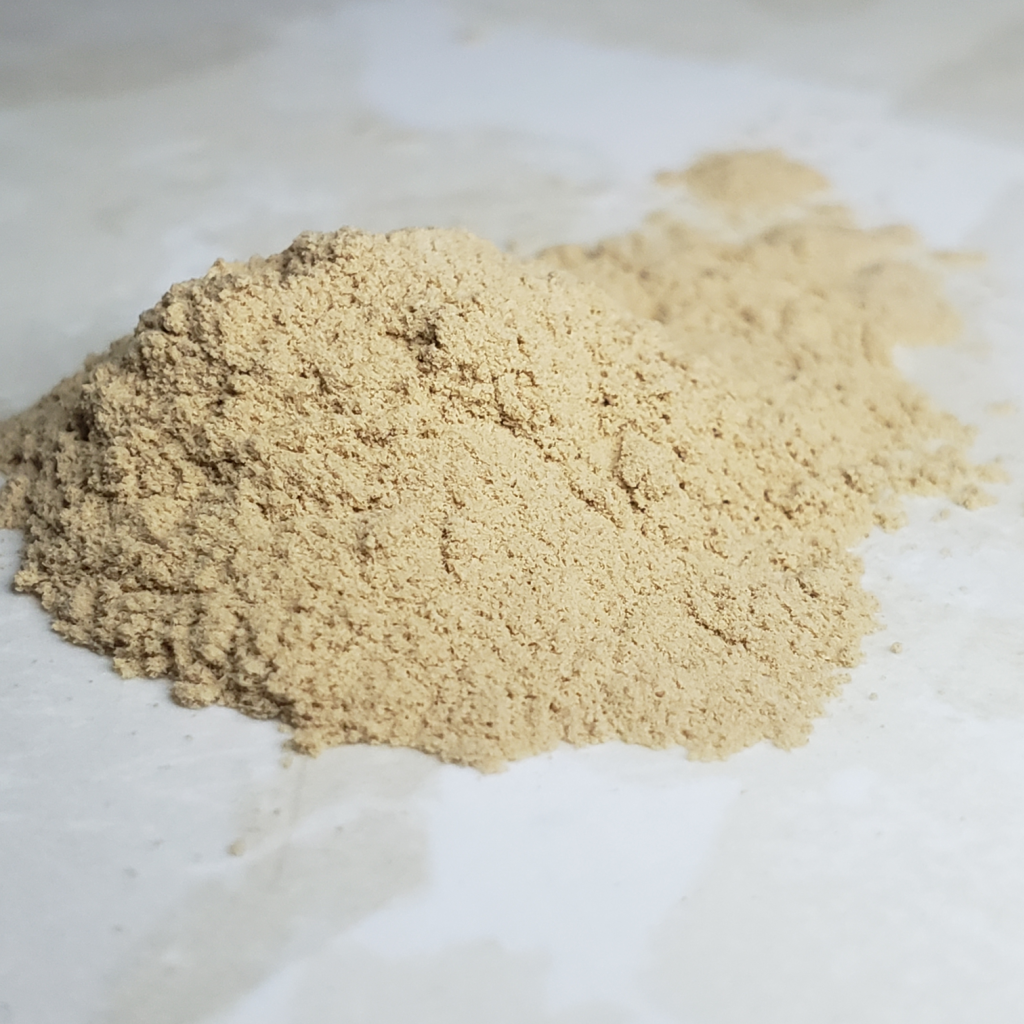
Benefits of Amla (Emblica Officionalis) on the skin:
- Anti-bacterial3
- High in polyphenols4
- Anti-aging5
Like citric acid, amla has multiple purposes. Ancient Sunrise® Amla powder is used for henna mixes and can be used on the skin by itself.3 High levels of antioxidants in amla mean it’s procollagen. Procollagen is what can help the skin look youthful.
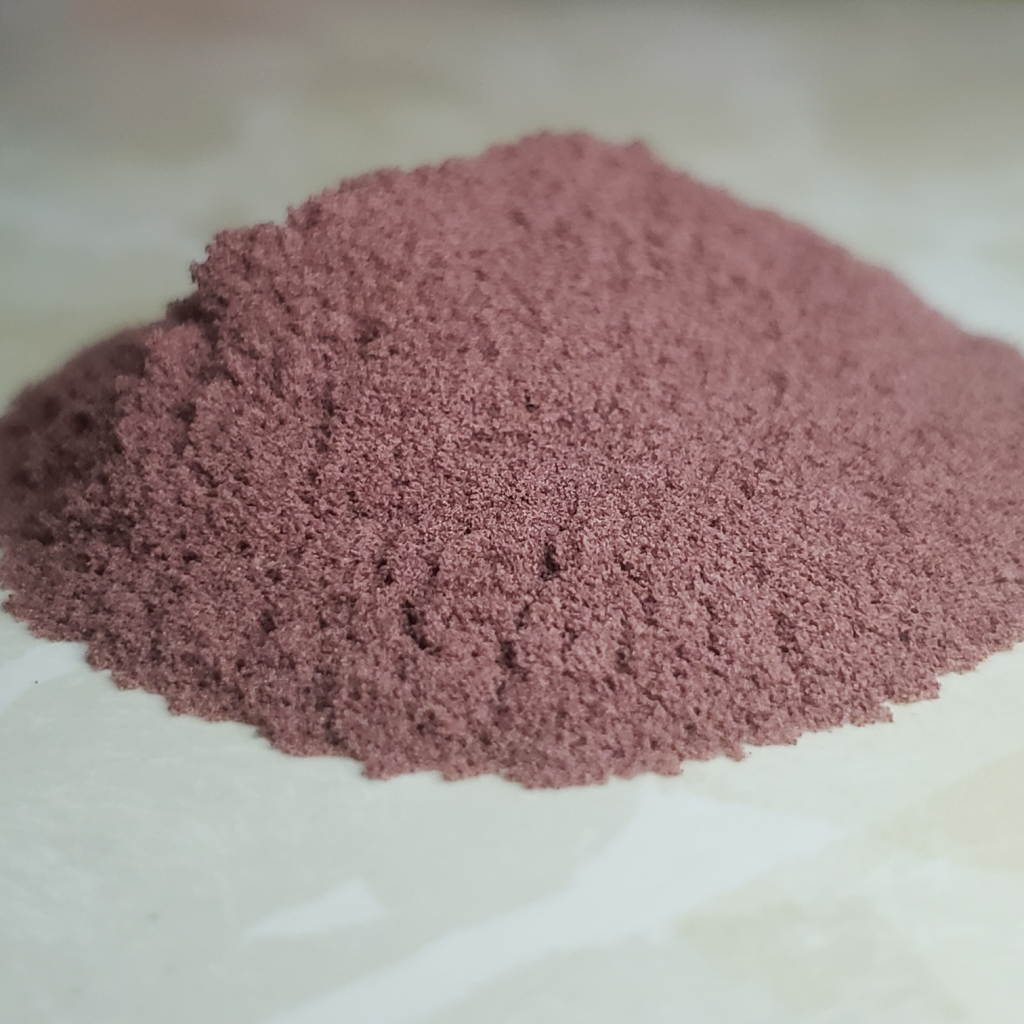
Benefits of Nightfall Rose (Aronia Prunifolia) on the skin:
- Anti-microbial6
- Anti-inflammatory6
- High in polyphenols such as Hydroxycinnamic acid7
Aronia prunifolia seems to be a beauty secret the world should know about. The purple chokeberry has high levels of anthocyanins consequently helping with UV protection8. The hydroxycinnamic acid present in this powder can help with anti-aging. Hydroxycinnamic has anti collagenase properties which prevent enzymes from breaking down the collagen in our skin6.
To learn more about Amla as a mask, read here: Ancient Sunrise® Amla Powder and Its Many Uses
Sources
- “Citric Acid.” org, American Chemistry Council, 27 Aug. 2019, www.chemicalsafetyfacts.org/citric-acid/#uses-benefits.
- Tang, Sheau-Chung, and Jen-Hung Yang. “Dual Effects of Alpha-Hydroxy Acids on the Skin.” Molecules (Basel, Switzerland), MDPI, 10 Apr. 2018, ncbi.nlm.nih.gov/pubmed/29642579.
- Cartwright-Jones, Catherine. “Chapter 6: Henna and Acidic Mixes.” Ancient Sunrise Henna for Hair, TapDancing LizardÒ, Copyright © 2015, pp. 7-8. https://www.mehandi.com https://www.hennaforhair.com https://www.ancientsunrise.com
- Variya, Bhavesh C, et al. “Emblica Officinalis (Amla): A Review for Its Phytochemistry, Ethnomedicinal Uses and Medicinal Potentials with Respect to Molecular Mechanisms.” Pharmacological Research, U.S. National Library of Medicine, Sept. 2016, ncbi.nlm.nih.gov/pubmed/27320046.
- Binic, Ivana, et al. “Skin Ageing: Natural Weapons and Strategies.” Evidence-Based Complementary and Alternative Medicine : ECAM, Hindawi Publishing Corporation, 2013, www.ncbi.nlm.nih.gov/pmc/articles/PMC3569896.
- Taofiq, Oludemi, et al. “Hydroxycinnamic Acids and Their Derivatives: Cosmeceutical Significance, Challenges and Future Perspectives, a Review.” Molecules (Basel, Switzerland), MDPI, 13 Feb. 2017, www.ncbi.nlm.nih.gov/pmc/articles/PMC6155946/.
- Taheri, Rod, et al. “Underutilized Chokeberry (Aronia Melanocarpa, Aronia Arbutifolia, Aronia Prunifolia) Accessions Are Rich Sources of Anthocyanins, Flavonoids, Hydroxycinnamic Acids, and Proanthocyanidins.” ACS Publications, Journal of Agricultural and Food Chemistry, 13 Aug. 2013, pubs.acs.org/doi/abs/10.1021/jf402449q.
- Morse, Nancy L. “Anthocyanins and Skin Protection.” Bend Beauty, 17 Jan. 2019, bendbeauty.com/the-color-purple-what-are-anthocyanins-and-why-are-they-so-important-for-skin-protection/.
 Maria • Ancient Sunrise® Specialist• LPC
Maria • Ancient Sunrise® Specialist• LPC

